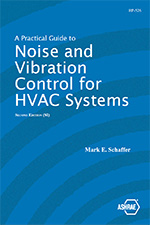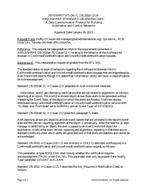Click here to purchase
From the hygrothermal point of view, exterior insulation finishing systems (EIFS) are the preferred way to retrofit old buildings.However, in some cases EIFS are not possible to apply (e.g., for historic buildings, individual flats, or technical reasons).An interior insulation can be applied in such cases. Due to the dew-point shift and changed drying capacity of the wall, this mightresult in moisture and durability problems. There are different kinds of interior insulation systems and each one has its own wayof moisture management. In this paper, the hygrothermal behavior of two different interior insulation systems with moderate vaporpermeability and large insulation thickness will be discussed. A 200 mm EPS (expanded polystyrene) system and a160 mm mineral wool system were monitored during a 18-month field test. Each system had been wall mounted on hollow blockconcrete masonry with orientation to South, West, and North. Temperature and relative humidity were monitored between interiorinsulation and the outer wall. The moisture content of the old plaster as well as the heat flux was measured. To test the impactof air leakage in the air barrier of the mineral wool system two elements with different numbers and sizes of leaks were investigated.Furthermore, hygrothermal simulations were verified with the collected data.
Citation: Thermal Performance of Exterior Envelopes of Whole Buildings XIII, Conference Papers
Product Details
- Published:
- 2016
- Number of Pages:
- 7
- Units of Measure:
- Dual
- File Size:
- 1 file , 3.4 MB
- Product Code(s):
- D-BldgConf16-42


